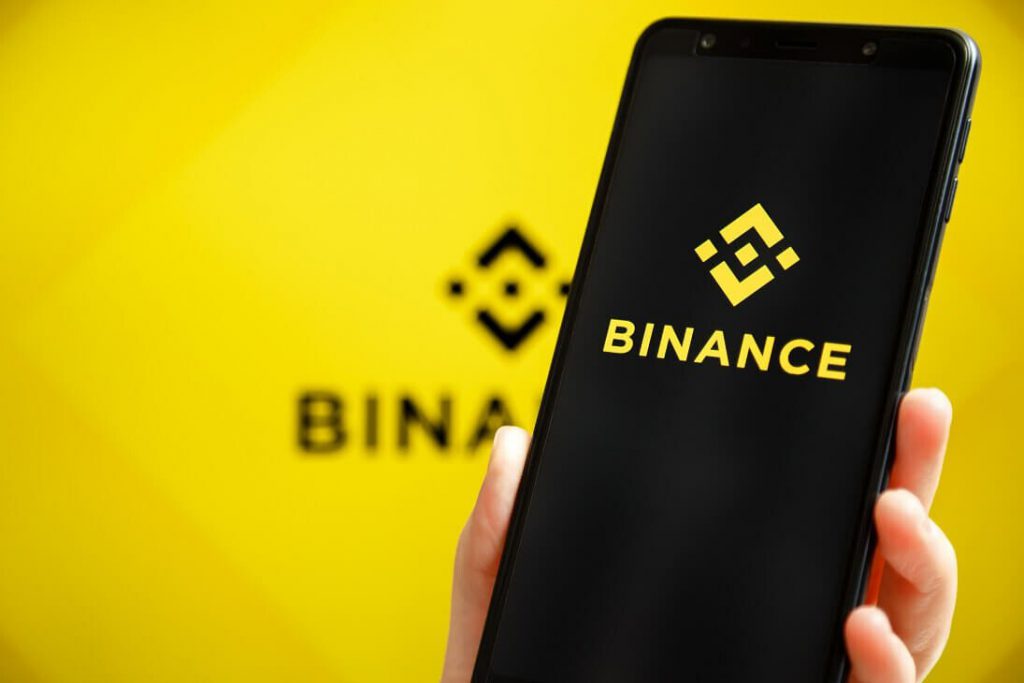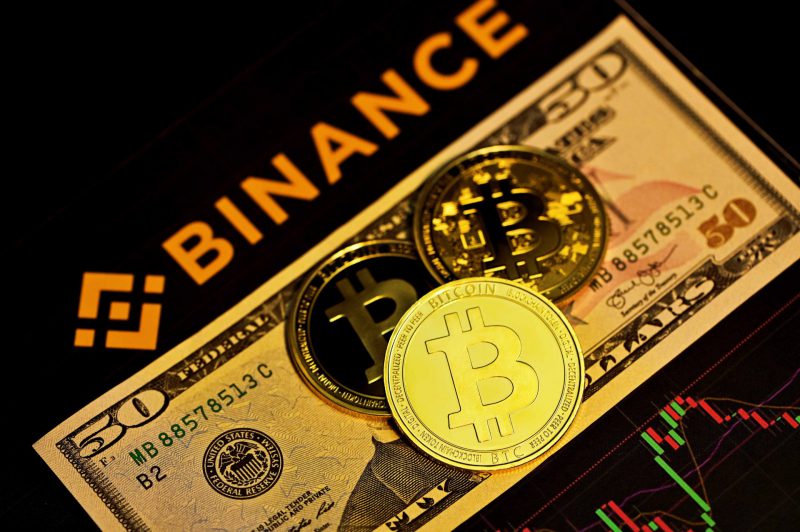Binance, a major player in cryptocurrency exchanges, is making a bold move into DeFi with its highly-anticipated Web3 wallet. They unveiled this innovative product at the Binance Blockchain Week conference in Istanbul. It’s designed to provide users with an easy entry into the DeFi world across 30 blockchain networks.
As the world’s largest cryptocurrency exchange, Binance is now entering the self-custody wallet space within its app, bridging the gap between centralized and decentralized systems. This move will reshape how millions of users interact with the growing DeFi landscape. The exchange emphasizes the user-friendly aspects of its Web3 wallet. The exchange also aims to allow millions of users to explore and experience Web3. This will be done without the complexities of seed phrases or onboarding hurdles.
Furthermore, the main objective of Binance’s Web3 wallet is to empower users to engage with DeFi. It enables the seamless exchange of various tokens across more than 30 blockchain ecosystems. Users can explore decentralized applications, transfer funds between the exchange and wallet, and earn yields on digital assets.
Changpeng Zhao, Binance’s founder, is committed to driving web3 adoption. He believes the exchange’s Web3 Wallet removes barriers for users to achieve full self-custody of their assets.
Also Read: Binance USD Supply Falls Over 90% to Under 2 Billion
Binance’s competitors
Binance’s entry into the competitive DeFi market will see it rival established players. This includes MetaMask and Trust Wallet, the latter of which the firm acquired in 2018. They’ve also introduced a futures market for TrustWallet’s native token (TWT), highlighting their dedication to a diverse DeFi ecosystem. Major centralized exchanges like Coinbase and OKX also offer Web3 wallets, recognizing the growing importance of DeFi.
Binance’s mobile app serves as the gateway for DeFi activities. This includes staking, lending, and borrowing, providing users with a familiar interface. Whether a know-your-customer (KYC) procedure is required to create a wallet remains uncertain, as the exchange aims to balance ease of use with regulatory compliance.


Additionally, to enhance security and user experience, Binance implements multi-party computation (MPC) in its Web3 wallet. This further eliminates the need for users to remember complex seed phrases while preserving security and self-custody. MPC divides a private key into three parts, with two controlled by the wallet owner, adding an extra layer of security.
Binance’s venture into DeFi with its Web3 wallet marks a significant milestone in the cryptocurrency industry’s evolution.
Also Read: Binance Shutting Down its Ruble Payment Partnership





